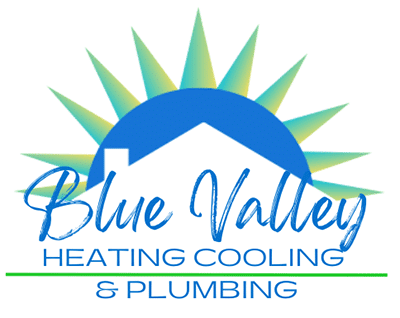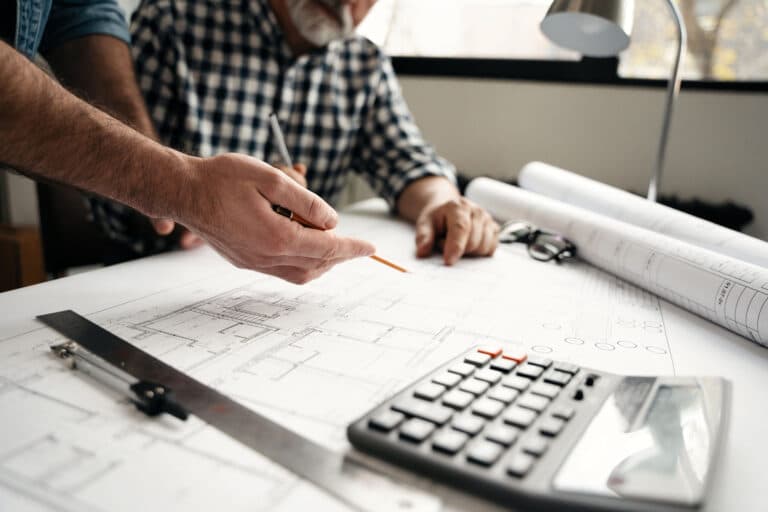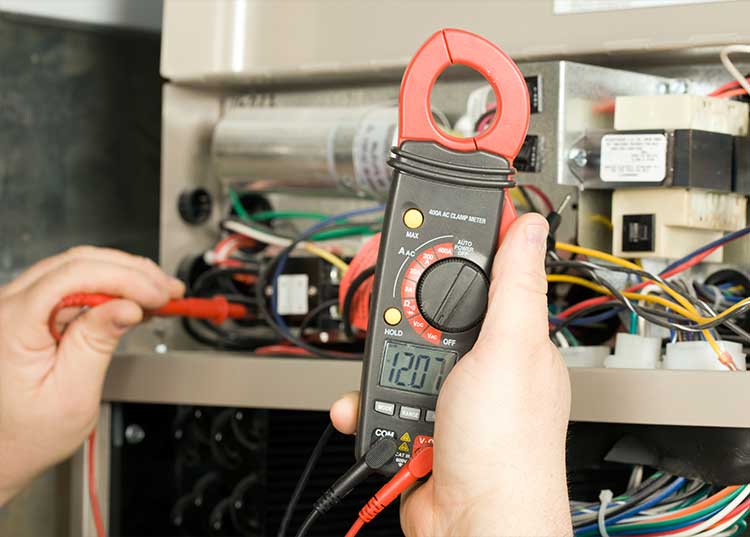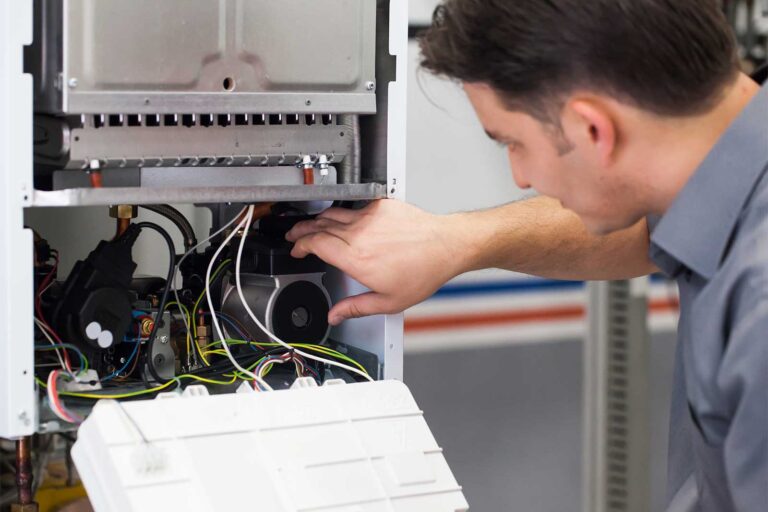The 8 Most Frequent Home Heating Problems
When temperatures drop, your heating system becomes one of the most important appliances in your home. But when it stops working properly, even small issues can leave you uncomfortable and stressed. At Blue Valley Heating & Cooling, we often see the same common home heating problems affecting homeowners across Colorado. Understanding what’s behind these problems can help you troubleshoot early and decide when to call a professional.
This guide covers the 8 most frequent home heating problems, how to recognize them, and practical ways to prevent future breakdowns.
1. Thermostat Malfunctions
A malfunctioning thermostat is one of the most common reasons for heating issues. If your home isn’t reaching the temperature you set, or the system cycles on and off unpredictably, your thermostat could be to blame. It’s one of the most overlooked home heating problems that can lead to energy waste.
Signs of Thermostat Trouble
- The furnace won’t turn on
- Inaccurate temperature readings
- Uneven heating across rooms
- Short cycling or continuous operation
How to Fix It
Start by checking the batteries and ensuring your thermostat is set to “HEAT.” If you use a programmable or smart thermostat, confirm it’s properly connected to Wi-Fi and your HVAC system. If the problem persists, you may need a recalibration or replacement.
Prevention Tip
Schedule annual maintenance where technicians check and calibrate your thermostat for accuracy. This keeps your system running efficiently year-round and prevents simple home heating problems before they start.
2. Dirty or Clogged Air Filters
Air filters trap dust, pollen, and debris to protect your system and maintain indoor air quality. When neglected, they become clogged and restrict airflow, causing your furnace to overwork or shut down. This is one of the easiest home heating problems to prevent.
Symptoms of a Dirty Filter
- Weak airflow from vents
- Furnace overheating or short cycling
- Higher energy bills
- Excess dust in your home
What to Do
Check your filter every month during heating season. Replace it every 1–3 months or sooner if it appears dark or dusty.
Prevention Tip
Regular filter replacement is one of the simplest and most effective maintenance steps. It improves system efficiency and extends your furnace’s lifespan. Learn more in our air conditioning maintenance guide.
3. Ignition or Pilot Light Problems
Without proper ignition, your furnace can’t produce heat. Older systems use pilot lights, while modern ones rely on electronic igniters. These are also common home heating problems homeowners face during winter.
Common Causes
- Dirty pilot or flame sensor
- Faulty thermocouple
- Gas flow issues
- Worn-out igniter
What to Do
For pilot lights, check if the flame is out. If so, follow manufacturer instructions to relight it safely. For electronic systems, you may need a technician to inspect or replace the igniter.
Prevention Tip
Annual professional cleaning of the burner assembly helps prevent ignition issues and ensures safe operation.
4. Blower Motor or Fan Problems
The blower motor distributes warm air throughout your home. When it fails, you may feel little or no airflow from your vents. This is one of the more technical home heating problems that often requires expert repair.
Warning Signs
- Furnace runs but no warm air circulates
- Loud humming or rattling noises
- Burning smell when heat starts
- Frequent system shutdowns
What to Do
Check your breaker panel to ensure the blower has power. If the motor is running but producing noise or weak airflow, call a professional. Continuing to operate a failing blower can lead to motor burnout.
Prevention Tip
Routine cleaning and lubrication during maintenance reduce strain on the blower motor. For more detail, see our air conditioning repair services page.
5. Dirty Flame Sensor or Burners
The flame sensor detects whether the burners are lit. If it becomes dirty, the furnace may shut down as a safety precaution. This is one of those home heating problems that can appear suddenly but has an easy fix.
Symptoms
- Furnace turns on briefly and then shuts off
- Repeated ignition attempts without sustained heat
- Error codes on modern control boards
What to Do
A technician can clean the sensor and burners using specialized tools. Avoid DIY cleaning, as the components are delicate and easy to damage.
Prevention Tip
Include sensor cleaning in your annual tune-up. Keeping the burners clean ensures proper combustion and prevents carbon buildup.
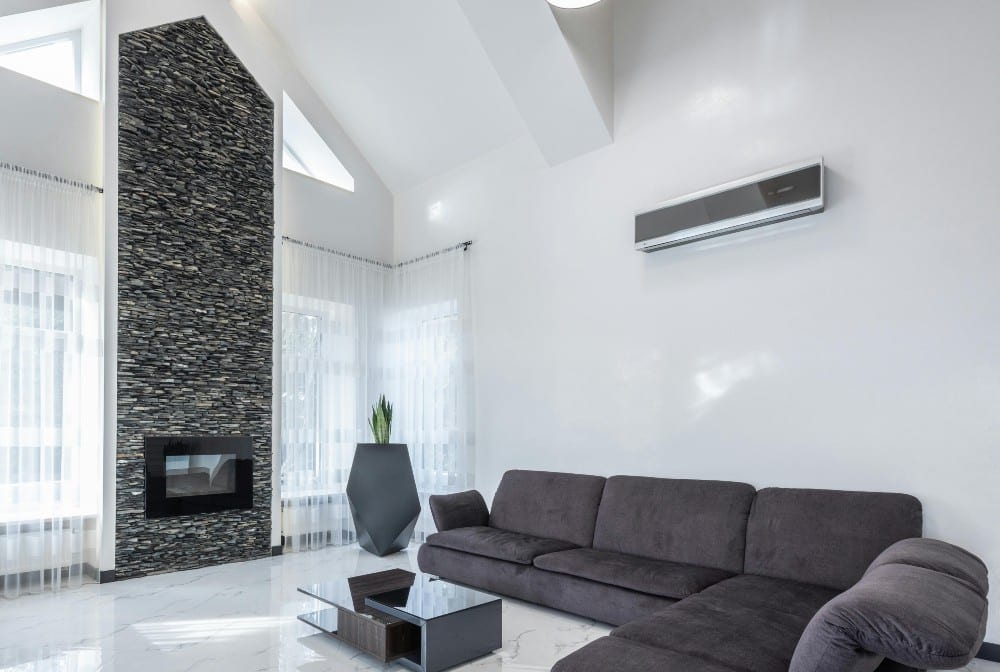
6. Airflow and Ductwork Issues
Blocked or leaking ducts can waste significant energy and make heating uneven throughout your home. Among all home heating problems, poor airflow is one of the most frustrating because it affects comfort and energy efficiency.
Warning Signs
- Some rooms are too hot or too cold
- Higher energy bills despite normal use
- Rattling or whistling noises in ducts
What to Do
Inspect visible ductwork for gaps, disconnected joints, or damaged insulation. Seal small leaks with metal tape (not duct tape). For hidden issues, schedule a professional inspection.
Prevention Tip
Proper duct sealing and insulation improve comfort and efficiency. According to Energy.gov, leaky ducts can waste up to 30% of heated air.
7. Frequent Cycling or Constant Running
A furnace that turns on and off too often—or runs nonstop—may be struggling with improper sizing, thermostat faults, or restricted airflow. These home heating problems can wear out components faster and spike your utility bills.
Common Causes
- Oversized or undersized system
- Dirty filters or vents
- Faulty thermostat calibration
What to Do
Replace the filter and ensure vents are open. If cycling continues, your system may need recalibration or replacement. Our air conditioning installation team can assess sizing issues for your next unit.
Prevention Tip
Keep return and supply vents clear. Schedule regular maintenance to verify blower speed and thermostat settings.
8. Strange Noises or Odors from the Furnace
Noises or smells often indicate internal wear or combustion issues. These are among the most concerning home heating problems because they may signal safety risks.
Sounds to Watch For
- Banging: Delayed ignition or duct expansion
- Squealing: Worn blower belt or motor bearing
- Rattling: Loose panels or components
Odors to Notice
- Burning dust: Normal after long inactivity
- Metallic smell: Possible overheating
- Sulfur or rotten eggs: Gas leak—evacuate and call emergency services immediately
What to Do
Turn off your furnace and schedule a professional inspection if any unusual sounds or smells persist.
Prevention Tip
Regular service visits ensure moving parts are lubricated and burners operate safely.
Additional Factors That Affect Heating Performance
Even if your system seems fine, external factors can affect performance. Insufficient insulation, leaky windows, or high indoor humidity can make heating less effective. Homes & Gardens notes that poor ventilation can make a home feel cold and damp even with the heat on.
Inspect insulation around attics and crawl spaces and ensure your home seals properly against drafts. Good insulation works hand in hand with a reliable heating system and reduces recurring home heating problems.
When to Call for Professional Help About Home Heating Problems
You can handle small fixes—like changing filters or checking thermostats—but some problems require a licensed HVAC expert. Contact Blue Valley Heating & Cooling if you notice:
- Repeated system shutdowns
- Weak airflow despite clean filters
- Burnt smells or error codes
- No heat after troubleshooting basics
Our certified team handles heating repairs across Longmont, Boulder, and Centennial. We also provide maintenance and installation services for reliable, energy-efficient comfort.
Preventive Maintenance: The Best Way to Avoid Heating Problems
Preventing breakdowns starts with consistent care. Annual tune-ups are your furnace’s best defense against costly home heating problems.
What Professional Maintenance Includes
- Cleaning burners and sensors
- Checking gas pressures and electrical connections
- Testing safety shut-off controls
- Inspecting heat exchanger and blower components
- Replacing filters if needed
Benefits of Routine Maintenance
- Improved efficiency and comfort
- Lower utility bills
- Fewer emergency repairs
- Extended equipment lifespan
To learn more about full-system care, explore our air conditioning maintenance services.
Frequently Asked Questions About Home Heating Problems (FAQ)
Why is my furnace blowing cold air?
This could be due to a dirty filter, faulty thermostat, or pilot light issues. Check your filter and thermostat settings first. If the problem persists, contact a professional to inspect the ignition system or blower motor.
How often should I replace my air filter?
Replace your air filter every 1–3 months, depending on usage and indoor air quality. Homes with pets or allergies may need monthly changes.
Why does my furnace make loud banging noises?
Banging sounds often mean delayed ignition or expanding ductwork. If the noise occurs frequently, turn off your furnace and call for service.
Can a furnace lose efficiency over time?
Yes. Dirt buildup, aging parts, and lack of maintenance can reduce efficiency. Regular cleaning and inspections keep your system operating smoothly.
When should I consider replacing my furnace?
If your system is more than 15 years old and requires frequent repairs, replacement may be more cost-effective. New high-efficiency models can reduce heating costs by up to 30% and eliminate many recurring home heating problems.
Keynotes
- Dirty filters cause up to 40% of furnace breakdowns.
- Proper duct sealing can improve heating efficiency by 20–30%.
- Annual tune-ups extend system lifespan by up to 10 years.
- Thermostat recalibration can cut energy waste by 5–10%.
